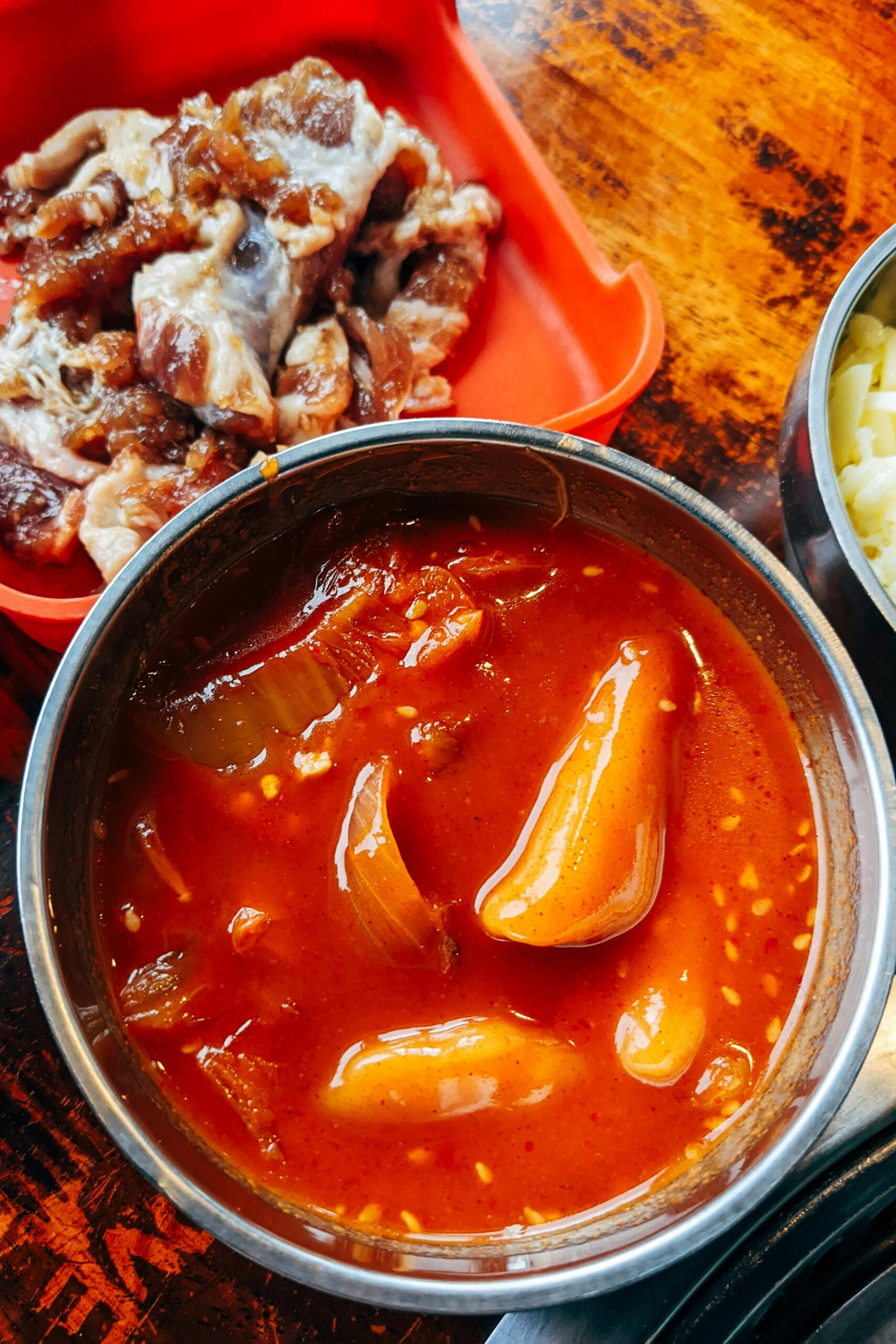Discovering the Rich Flavors of Korean Cooking Classes
Korean cuisine has captivated food enthusiasts worldwide with its vibrant flavors, unique ingredients, and balanced nutrition. As more people crave an authentic culinary experience, Korean cooking classes have surged in popularity as an engaging way to delve beyond recipes and truly understand the culture behind the food. These classes offer a hands-on journey through traditional techniques, staple dishes, and regional specialties, providing both beginners and seasoned cooks an opportunity to expand their culinary horizons. From mastering the art of fermenting kimchi to perfecting the ideal bibimbap, learners gain practical skills alongside cultural insights. This article explores the multifaceted benefits and learning experiences Korean cooking classes offer, guiding you through the reasons to embrace this flavorful adventure and what to expect from joining a class focused on Korean cuisine.
Exploring the Essence of Korean Ingredients and Flavors
Central to Korean cooking is a distinctive palette of ingredients that define its delicious flavor profiles. Korean cooking classes introduce students to essential elements such as gochujang (fermented chili paste), doenjang (fermented soybean paste), and sesame oil, alongside fresh components like garlic, green onions, and Korean chili flakes. Understanding these ingredients’ individual characteristics and their interplay is vital for authentic dishes. Many classes emphasize sourcing quality and specialized ingredients, sometimes offering alternatives when local markets lack authentic Korean products. Learners also learn about the balance of sweet, sour, salty, bitter, and spicy tastes – the delicate harmony that Korean chefs skillfully achieve in their recipes. This foundation ensures that students appreciate not just the how, but the why behind Korean flavor combinations.
Hands-On Techniques That Capture the Heart of Korean Cooking
More than recipes, Korean cooking classes focus heavily on mastering traditional cooking techniques essential for authentic results. Students practice kimchi fermentation, learning about timing, temperature, and seasoning balances that vary regionally. Fermenting foods is a cultural cornerstone, so understanding this process offers insight into Korean culinary heritage. Additionally, classes explore stir-frying methods, grilling techniques for bulgogi and galbi, and the artful layering of ingredients in dishes like bibimbap. Knife skills specific to preparing vegetables and proteins for Korean recipes are developed, too. This tactile, immersive approach deepens the learner’s connection to Korean cuisine, transforming the cooking process from a routine task into a mindful, cultural experience.
Cultural Stories and Traditions Interwoven in the Cooking Experience
Korean cooking classes often go beyond food preparation, weaving in storytelling about Korea’s rich culinary traditions and social customs. Students discover how meals reflect respect, community, and seasonal changes. For example, the tradition of communal eating with banchan (side dishes) illustrates harmony and sharing. Some courses highlight Korea’s historical influences on its cuisine, including royal court recipes or regional variations that speak to geographic and climatic diversity. These narrative elements provide context, bridging the gap between ingredient and table and inspiring a deeper appreciation for the culture that shapes every dish. This cultural immersion enriches the cooking experience and fosters a greater connection to Korean heritage.
The Lasting Benefits of Korean Cooking Classes
Participating in Korean cooking classes offers long-term value beyond just learning new recipes. Students often report increased confidence in experimenting with bold flavors and newfound skills in fermentation and Korean food presentation. These classes can encourage healthier eating habits through balanced meals rich in vegetables, fermented foods, and lean proteins. Additionally, the social aspect—meeting fellow food lovers or cooking enthusiasts—can build a supportive community centered around shared interests. Many learners express an expanded worldview and curiosity toward other cuisines, inspired by their Korean culinary journey. Whether for personal enjoyment, family meals, or impressing guests, the techniques and cultural insights from Korean cooking classes enrich everyday cooking for life.
Korean cooking classes are much more than culinary lessons; they are gateways into a vibrant culture and a distinctive approach to food that balances flavor, health, and tradition. By engaging deeply with authentic ingredients, mastering traditional techniques, and learning the cultural stories behind the dishes, students gain a comprehensive understanding of Korean cuisine’s unique appeal. This immersive learning experience not only enhances cooking skills but also fosters greater appreciation of Korea’s rich heritage and communal spirit surrounding food. Whether you’re beginning your culinary exploration or seeking to elevate your skills, Korean cooking classes offer a meaningful, flavorful journey that resonates well beyond the kitchen.
